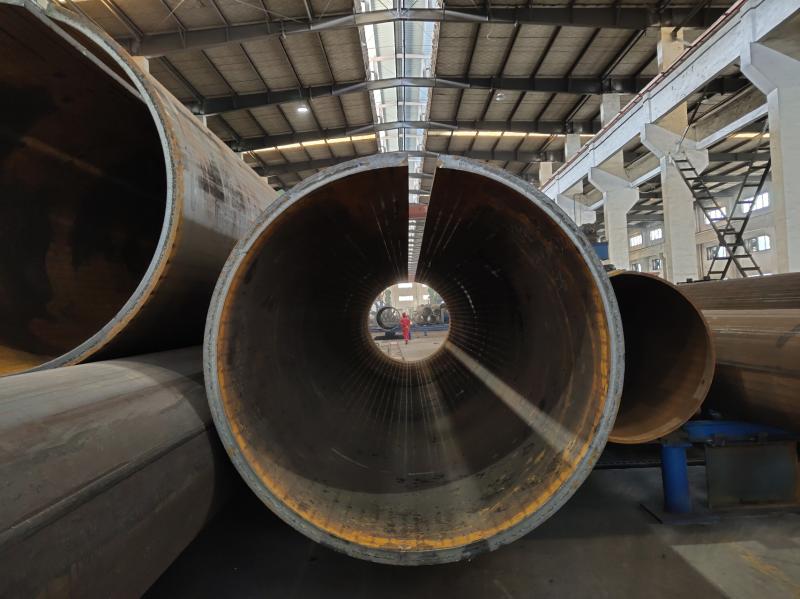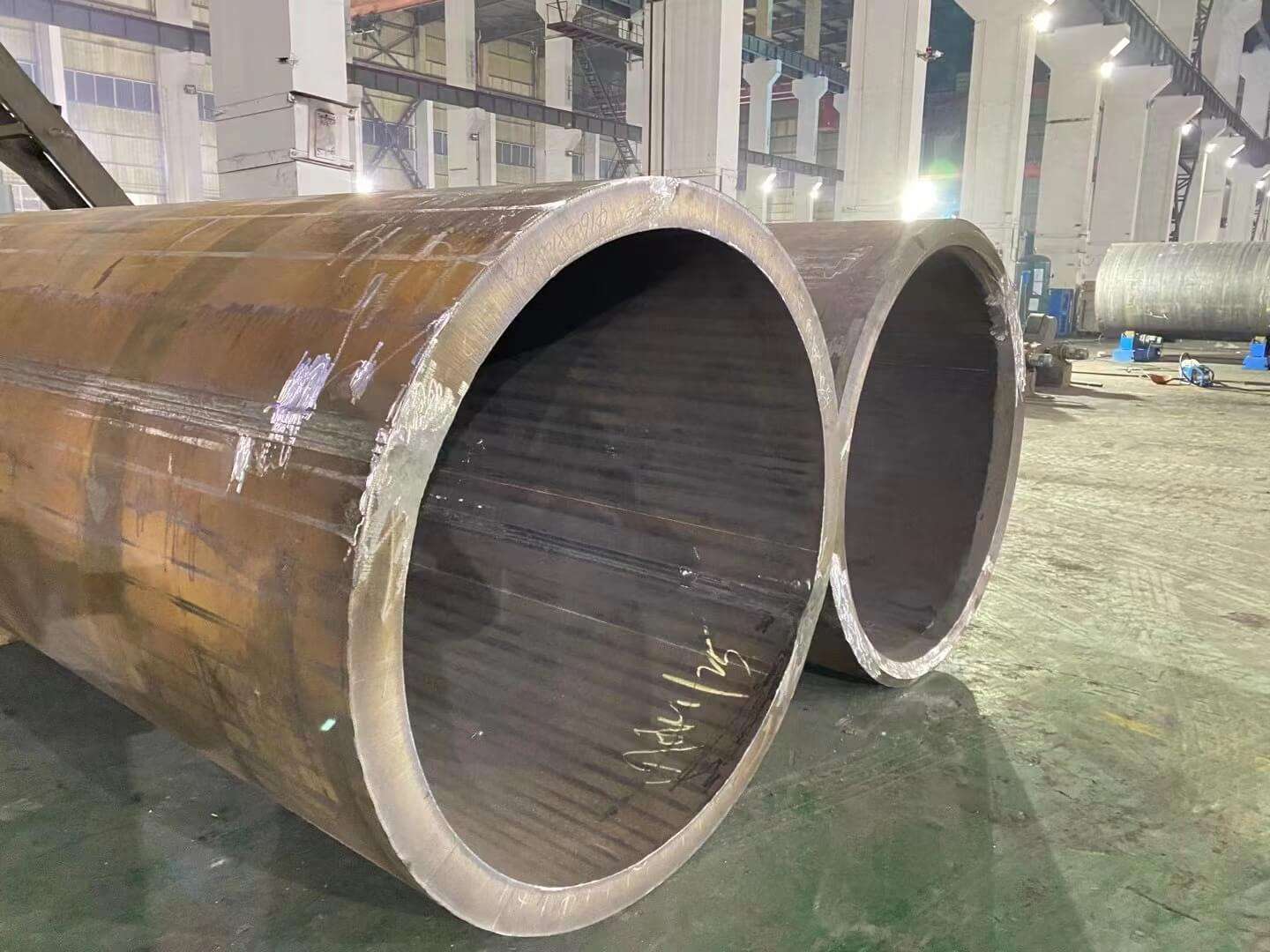The welding method of thick-walled steel pipe should be selected according to the material and wall thickness of thick-walled steel pipe. 
What details should be dealt with before the use of thick-walled steel pipe?


The welding method of thick-walled steel pipe should be selected according to the material and wall thickness of thick-walled steel pipe. 